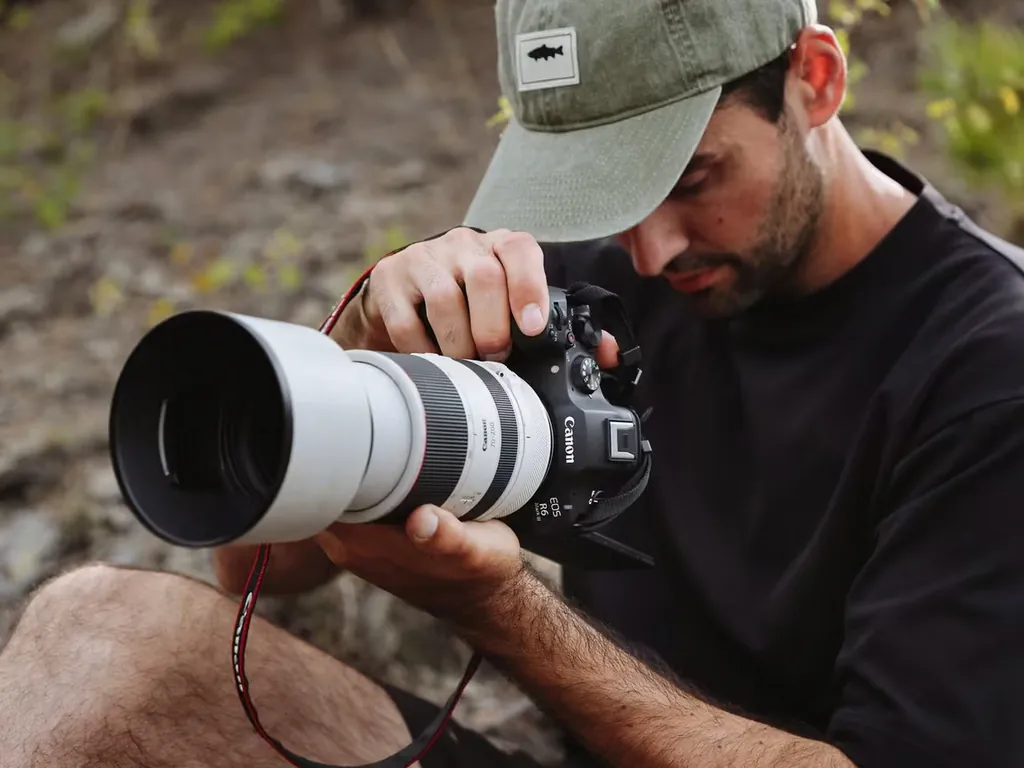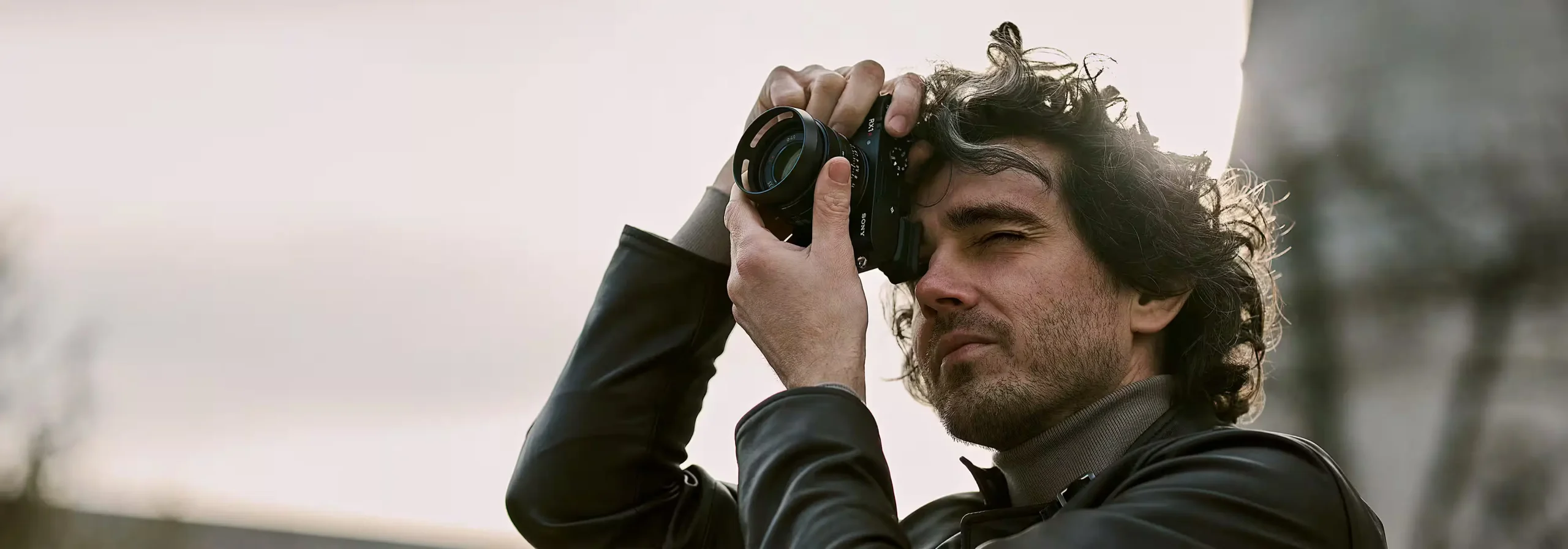When Sony announced their first lens with an 800mm reach, wildlife photographers collectively perked up their ears. The FE 400-800mm F6.3-8 G OSS represents Sony’s answer to the age-old photographer’s dilemma: how to get closer to subjects that can’t be approached. After spending three weeks with this lens across various shooting scenarios, I’m ready to share my findings on whether this super-telephoto zoom delivers on its considerable promise.

Build Quality & Handling
The first thing that strikes you about the 400-800mm is how manageable it feels despite its imposing specifications. Weighing in at 2,475g (5.46 lb), it’s certainly not light, but it’s remarkably well-balanced—particularly when you position your hand on the zoom ring where it naturally wants to rest.
Unlike many super-telephoto zooms, this lens features an internal zoom mechanism. This means the lens maintains the same physical length throughout its zoom range, which has several advantages:
- Better balance and handling while shooting
- No “lens creep” when pointing up or down
- Improved weather resistance with no extending barrel to draw in dust
The zoom throw is surprisingly short—just 90 degrees from 400mm to 800mm—making it quick to adjust your framing without extensive wrist movement. Unlike Canon’s competing 200-800mm which extends significantly when zooming, the Sony’s internal zoom design feels more premium and professional in actual use.
The build quality is excellent, feeling more like Sony’s G Master line despite its “G” designation. The tripod collar rotates freely (though I would have preferred click stops at 90-degree intervals), and the lens hood features a welcome lock button with a cleverly designed filter window for adjusting polarizers.
On the lens barrel, you’ll find an array of controls including:
- AF/MF switch
- Full-time DMF switch
- Focus range limiter (FULL/10m-NEAR/∞-8m)
- Optical stabilization on/off
- Stabilization mode selector (three options)
- Three customizable focus hold buttons at 90-degree intervals
The lens accepts 105mm filters, which aren’t cheap, but the quality of the front element with its fluorine coating inspires confidence when shooting in challenging conditions.

Optical Performance
The real test of any super-telephoto is its optical quality. This lens contains 27 elements in 19 groups, including 6 ED (Extra-low Dispersion) elements to combat chromatic aberration—a common issue at these focal lengths.
Sharpness
At 400mm and f/6.3, the lens delivers excellent sharpness across the frame. There’s a very slight softening in the extreme corners, but it’s negligible for most real-world shooting. Moving to 600mm (now at f/7.1 due to the variable aperture), sharpness remains impressive, with only a minimal drop in contrast.
At 800mm and f/8, I was genuinely surprised by how well this lens performed. While there’s a slight reduction in overall sharpness compared to 400mm, the results are still excellent—far better than cropping a 400mm image to achieve the same framing. Edge-to-edge performance remains strong even at the long end, which is crucial for off-centre subjects like birds in flight.
Chromatic Aberration & Flare
The ED elements do their job admirably, with minimal chromatic aberration even in high-contrast scenarios like birds against bright skies. I noticed slight purple fringing in a few extreme situations, but it was easily corrected in post-processing.
Shooting into the sun, the lens showed good flare resistance—not perfect but well-controlled considering the complex optical formula. The 11-blade aperture creates pleasing sunstars when stopped down.
Bokeh & Depth of Field
While f/8 might not sound impressive for background separation, the extreme focal length creates substantial subject isolation. At 800mm, even backgrounds several feet behind your subject melt away beautifully. The 11-blade circular aperture produces pleasant, rounded bokeh highlights, and the overall rendering has a creamy quality that works particularly well for wildlife.
Variable Aperture
The variable aperture changes as follows:
- 400-485mm: f/6.3
- 485-600mm: f/7.1
- 600-800mm: f/8
This approximates to about 2/3 of a stop difference from 400mm to 800mm, which is noticeable but not dramatic. In practice, I found myself shooting at similar ISO values throughout the range, adjusting shutter speed to compensate.

Autofocus Performance
The lens employs two linear motors for focusing, and the results are impressive. On the Sony a9 III, tracking was fast, accurate, and virtually silent. The lens had no trouble keeping up with birds in flight, even at its longest focal length.
Focus acquisition was nearly instantaneous in good light. In dimmer conditions, there was occasional hunting, particularly at 800mm and f/8, but less than I expected given the aperture limitations.
One standout feature is how well focus tracking maintains while zooming. With many zooms, changing focal length can cause the lens to lose focus momentarily, but the 400-800mm maintained lock on moving subjects throughout the zoom range. This is crucial for wildlife and sports shooting where you’re constantly adjusting framing.
The focus limiter switch proved useful for specific scenarios—limiting to distant subjects (8m-∞) sped up acquisition for birds, while the close range (NEAR-10m) was helpful for nearby subjects.
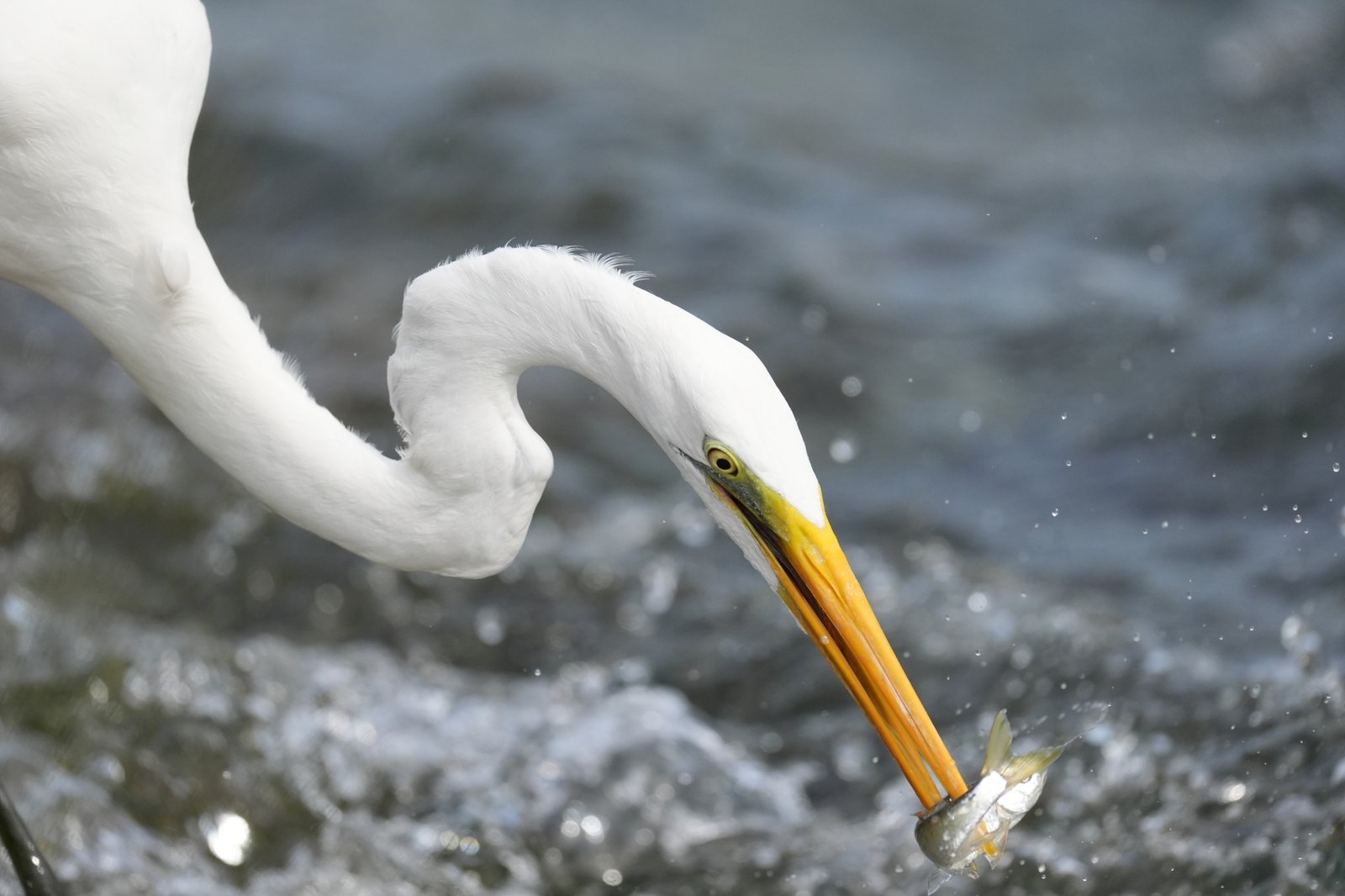
Image Stabilization
The optical stabilization system deserves special praise. At these focal lengths, even tiny camera movements are magnified dramatically, but Sony’s Optical SteadyShot does an admirable job of counteracting shake.
I found I could reliably handhold the lens at 400mm with shutter speeds around 1/250s, and at 800mm with 1/640s—about 2-3 stops of compensation. When paired with a Sony body offering in-body stabilization, the results improve further.
The three stabilization modes offer useful options:
- Mode 1 for general shooting
- Mode 2 for panning (stabilizes only the axis perpendicular to the pan)
- Mode 3 for framing erratic subjects (only activates stabilization during actual exposure)
For extended sessions or in low light, a monopod is still recommended, but the effectiveness of the stabilization system makes handholding viable for many situations.
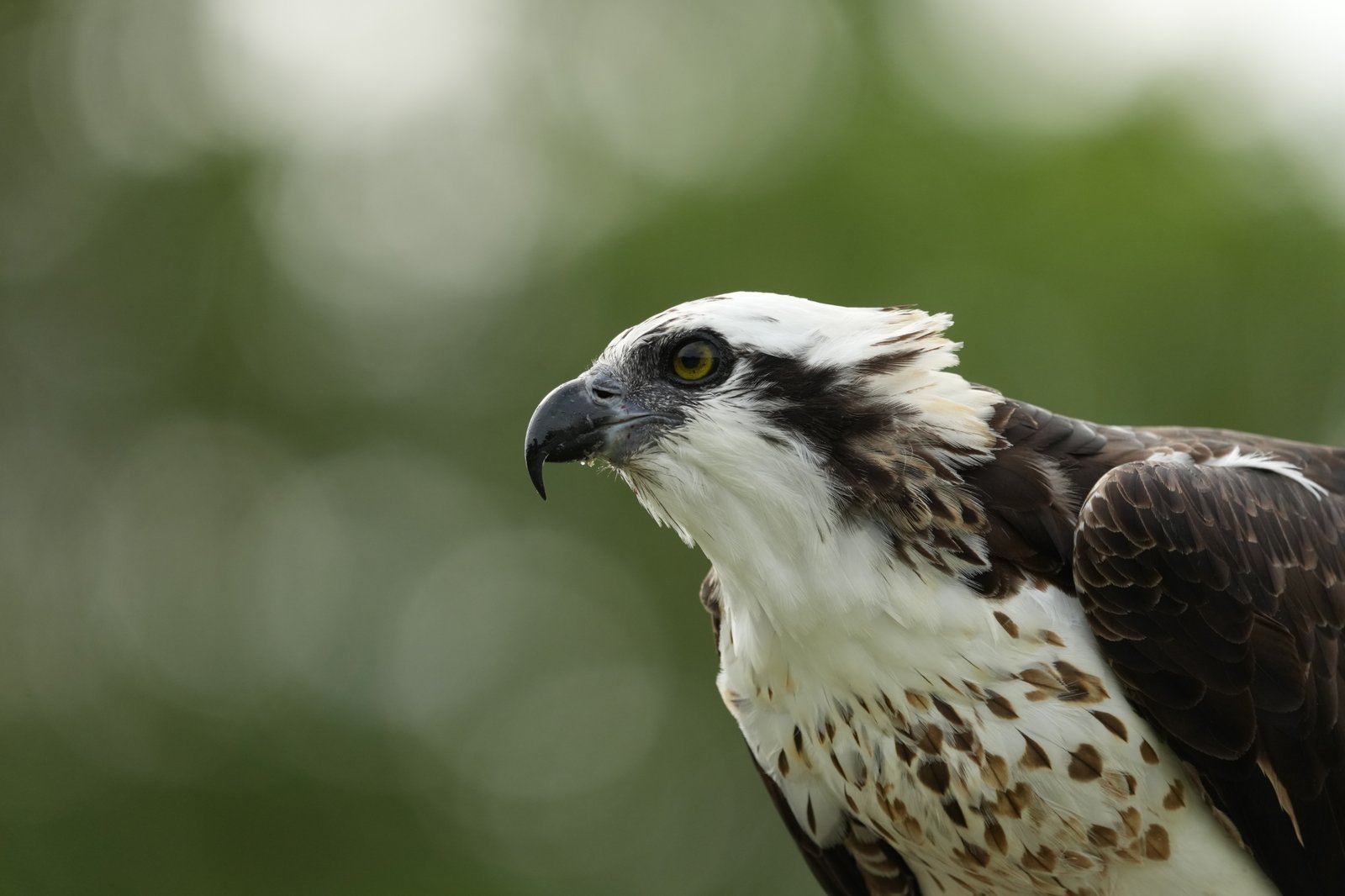
Close Focus Capabilities
One pleasant surprise was the close focusing ability. At 400mm, the lens focuses down to 1.7m (5.6 ft), providing a maximum magnification of 0.23x. This isn’t macro territory, but it’s impressively close for a super-telephoto, enabling frame-filling shots of smaller wildlife or details that wouldn’t be possible with many prime telephotos.
At 800mm, the minimum focus distance increases to 3.5m, but the compression and magnification still allow for striking close-ups when your subject permits this working distance.
Real-World Shooting Experience
I tested the lens in three primary scenarios: wildlife, sports, and close-up nature photography.
Wildlife Photography
For bird photography, this lens is a game-changer. The 800mm reach brings small or distant birds into frame without cropping, and the image quality holds up beautifully. With a teleconverter, you can reach 1120mm (1.4x) or 1600mm (2x), though at the cost of 1 or 2 stops of light respectively.
Thanks to the fast autofocus and effective stabilization, tracking birds in flight was impressive. The lens’s relatively lightweight (compared to prime super-telephotos) made extended birding sessions more comfortable than expected, though a monopod provided welcome relief after several hours.
For larger mammals, the zoom range proved ideal—400mm when animals approached closer, zooming to 800mm for more distant subjects. The internal zoom meant no change in balance while tracking moving wildlife, a significant advantage over extending zoom designs.
Sports Photography
At a lacrosse game, the lens demonstrated its versatility. At 400mm, I could capture wider action shots, while 800mm allowed tight frames of players at the opposite end of the field. The f/8 maximum aperture at 800mm did require raising ISO in overcast conditions, but modern Sony sensors handled this admirably.
The focus tracking kept up with fast-moving players, and the focus limiter helped prevent the lens from hunting to closer distances when shooting distant action. This lens offers considerable advantages for outdoor sports photography, especially when shooting from fixed positions far from the action.
Close-up Nature
The impressive minimum focus distance makes this lens surprisingly capable for larger insects, flowers, and detail work. While not replacing a dedicated macro lens, the ability to capture frame-filling images of butterflies or dragonflies from a comfortable working distance (without disturbing the subject) adds versatility to what might otherwise be a single-purpose lens.
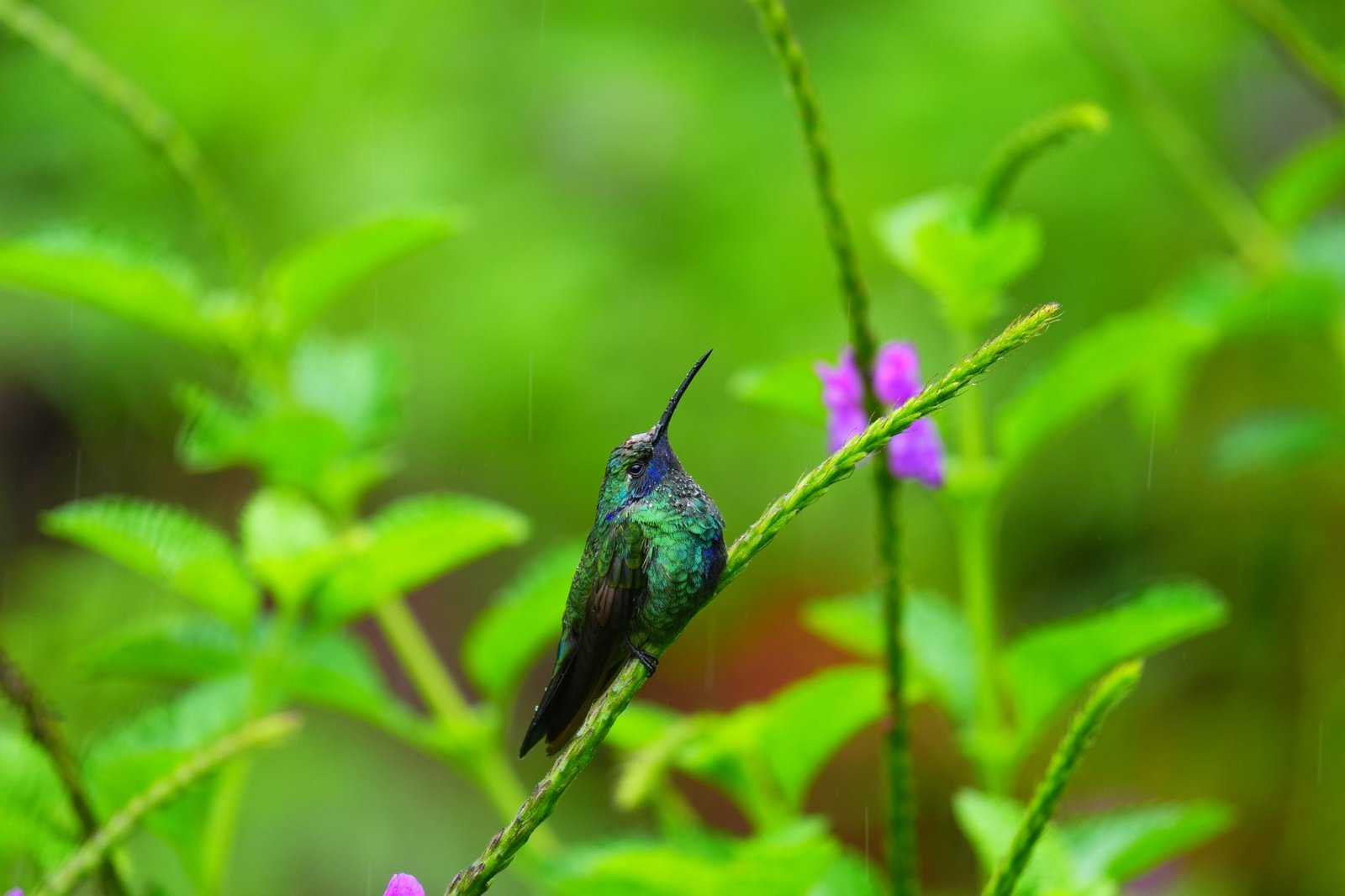
Teleconverter Performance
The lens is compatible with Sony’s 1.4x and 2x teleconverters, extending its reach to 560-1120mm and 800-1600mm respectively. With the 1.4x teleconverter, the aperture range becomes f/9-11, and with the 2x, it’s f/13-16.
With the 1.4x teleconverter, image quality remains strong, with only a slight reduction in contrast and sharpness. Autofocus slows somewhat but remains reliable in good light.
The 2x teleconverter shows more noticeable image degradation and requires excellent technique and light for optimal results. Autofocus becomes hesitant in anything less than bright conditions. That said, for situations where maximum reach is paramount (such as small birds or very distant wildlife), the 2x teleconverter delivers usable results when technique and conditions allow.
Low Light Performance
The variable aperture range of f/6.3-8 isn’t ideal for low light shooting, but it’s the trade-off for the lens’s relatively compact size and weight. In twilight conditions, I found myself pushing to ISO 3200-6400 to maintain adequate shutter speeds, particularly at 800mm.
That said, modern Sony cameras handle these ISO values well, and the lens’s excellent sharpness helps preserve detail even at higher sensitivities. For serious low-light wildlife photography, the Sony 600mm f/4 GM would be superior—but at more than three times the price and with fixed focal length.
Value Proposition
At approximately $2,899, the FE 400-800mm F6.3-8 G OSS sits $1,000 higher than Sony’s popular 200-600mm f/5.6-6.3. It’s also approximately $1,000 more than Canon’s competing RF 200-800mm f/6.3-9, though the Canon has a broader zoom range but slower maximum aperture.
For wildlife photographers already invested in the Sony system, the decision comes down to whether the 200-600mm with a 1.4x teleconverter (which yields 840mm at f/9) is sufficient, or if the native 800mm reach (at f/8) of the 400-800mm justifies the additional investment.
Based on my testing, the 400-800mm delivers noticeably better image quality at 800mm than the 200-600mm with a 1.4x teleconverter. However, it lacks the versatility of the wider 200mm starting point. For dedicated wildlife and especially bird photographers, the 400-800mm makes a compelling case, while more general photographers might prefer the broader range of the 200-600mm.
Strengths and Weaknesses
Strengths:
- Excellent sharpness throughout the zoom range
- Internal zoom design for better balance and durability
- Fast, accurate autofocus with effective tracking
- Impressive optical stabilization
- Good close-focusing capability
- Premium build quality
- Better native 800mm performance than using teleconverters
Weaknesses:
- Relatively slow variable aperture (f/6.3-8)
- Limited versatility with 400mm widest setting
- Size and weight still require consideration for travel
- 105mm filters are expensive
- No rotating tripod collar click stops

Conclusion
The Sony FE 400-800mm F6.3-8 G OSS fills a specific niche in Sony’s lens lineup, offering native super-telephoto reach that previously required teleconverters to achieve. For wildlife photographers, especially bird photographers, the lens delivers outstanding image quality and handling in a relatively manageable package.
While not as versatile as the 200-600mm for general photography, the superior optical performance at 800mm makes it the better choice for those frequently shooting at extreme focal lengths. The internal zoom, quick focus, and effective stabilization make for a refined user experience that feels professional in every regard.
Despite the variable aperture limitations, the lens delivers in its intended use cases. If you’re regularly shooting distant subjects and image quality is paramount, the 400-800mm G OSS is a compelling option that costs a fraction of what comparable prime super-telephotos would demand.
Buy the Sony FE 400-800mm F6.3-8 G OSS
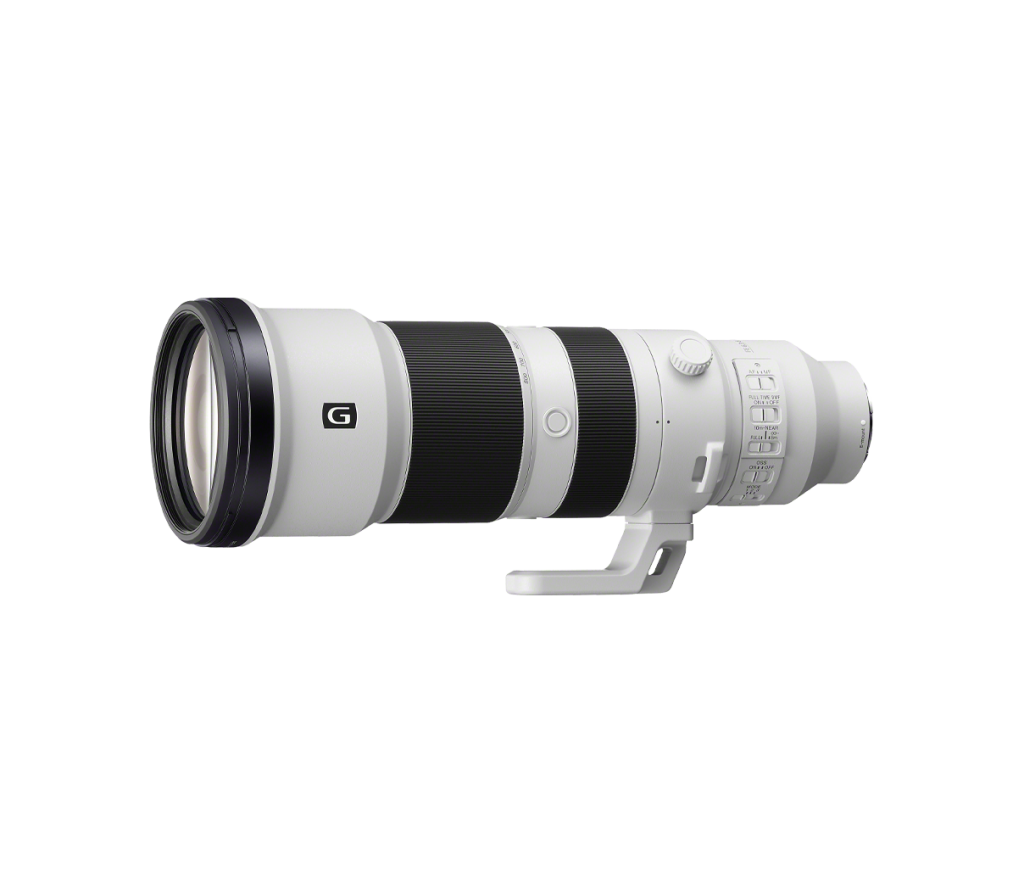
Looking to add this remarkable super-telephoto zoom to your kit? Campkins Cameras has the Sony FE 400-800mm F6.3-8 G OSS in stock with expert advice and after-sales support from photographers who understand your needs.

